If you love the idea of harvesting homegrown food without the hassle of replanting every year, edible perennials are the way to go. These hardy, dependable plants return season after season, offering delicious flavors and nutritious harvests with minimal maintenance. Even better, many of these perennials can withstand chilly climates, making them perfect for gardeners in colder regions. From savory herbs to nutrient-packed greens, these 10 cold-hardy edible perennials deserve a permanent spot in your food-loving garden.
1. Rhubarb
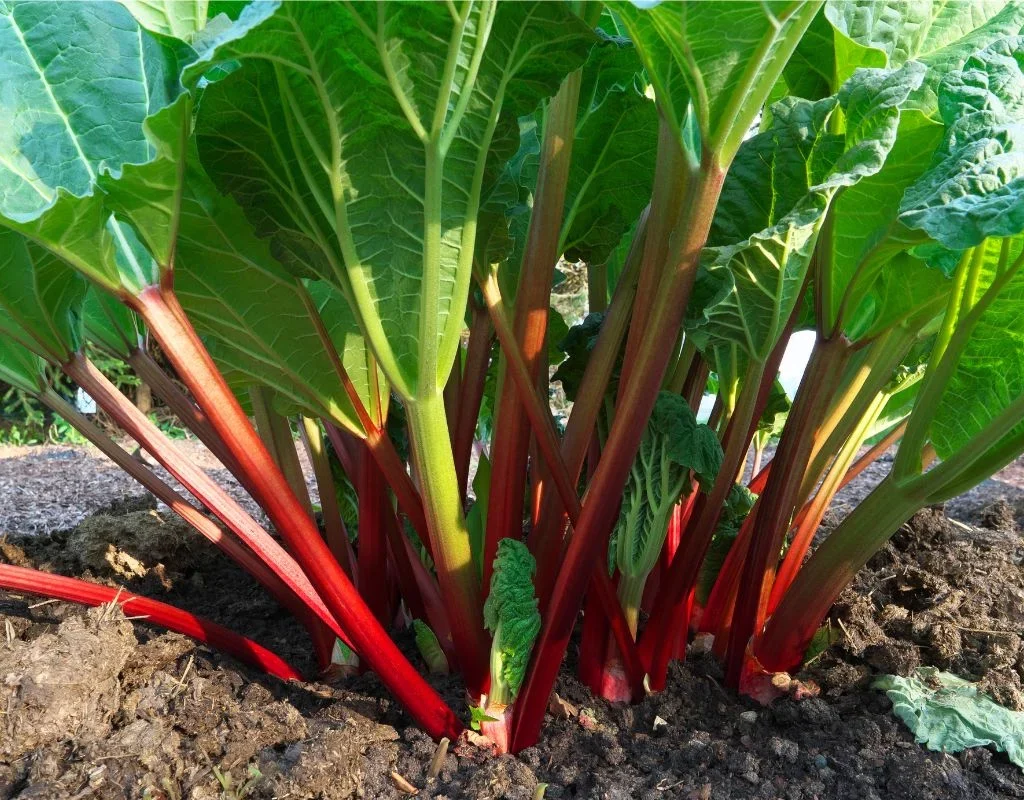
A true classic in cool-climate gardens, rhubarb is beloved for its tart, vibrant red stalks that make delicious pies, jams, and sauces. This hardy perennial thrives in USDA zones 3-8 and loves well-drained, fertile soil. Once established, it can produce for up to 20 years with little fuss. Rhubarb is incredibly cold-tolerant, often breaking through the soil as early as spring’s first thaw. Just remember only the stalks are edible, as the leaves are toxic. It’s a must-have for dessert lovers and home bakers alike.
2. Asparagus

Asparagus is one of the most rewarding perennial vegetables for cold-climate gardeners. Hardy to USDA zones 3-8, this elegant, spear-shaped vegetable can keep producing for up to 30 years once established. It requires patience the first full harvest comes in its third year but the wait is worth it. Asparagus thrives in full sun and well-drained soil. Its early-spring harvest makes it one of the first fresh treats of the season, perfect for roasting, grilling, or adding to fresh salads.
3. Sorrel
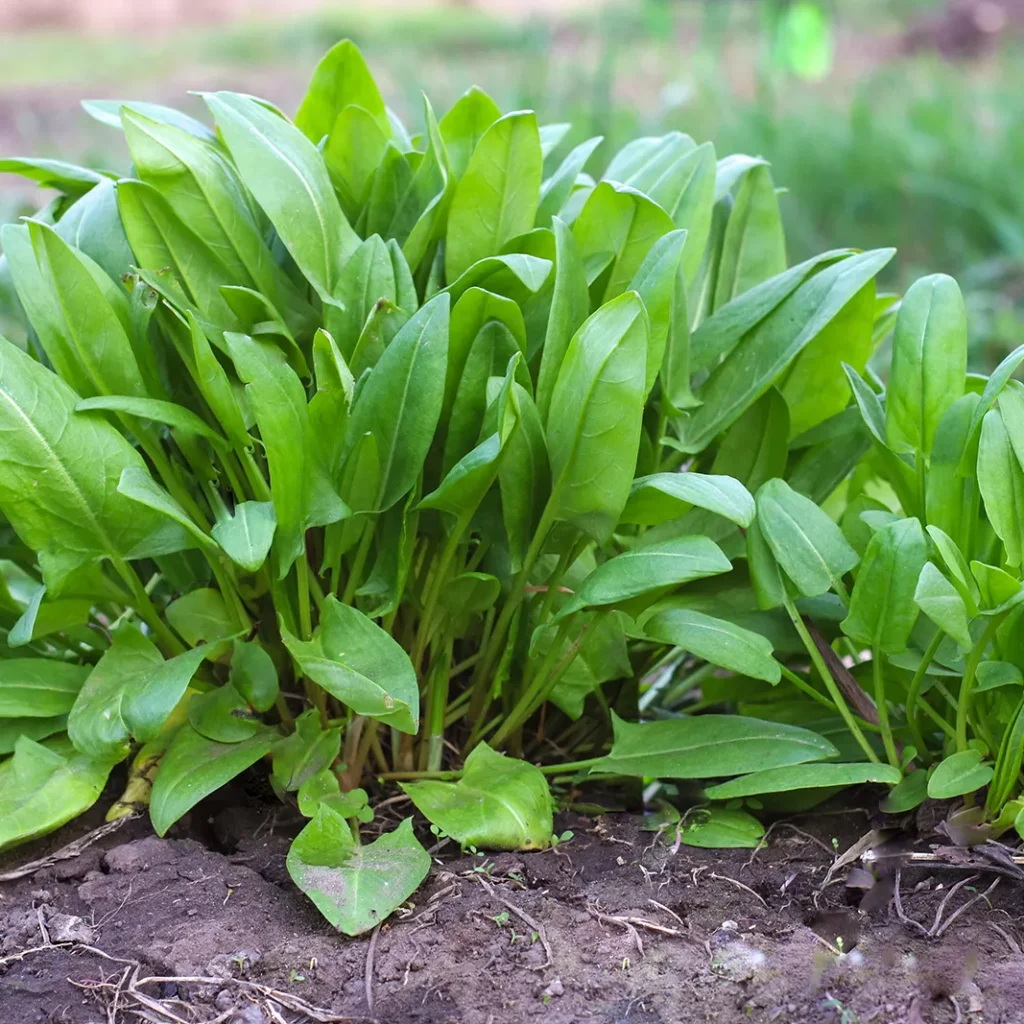
A zesty green with a lemony tang, sorrel is a hardy perennial that brings bright flavor to soups, salads, and sauces. Hardy in zones 3-9, this leafy plant is quick to establish and thrives in full sun to partial shade. Its tender, young leaves can be picked throughout the growing season, while mature leaves are great for cooking. Sorrel’s resilience to cold and its rapid regrowth after harvest make it a favorite for early spring and fall harvesting in cooler regions.
4. Chives

Chives are a cold-hardy, low-maintenance herb that belongs in every edible garden. Hardy in zones 3-9, they produce slender, hollow leaves with a mild onion flavor perfect for seasoning dishes, garnishing salads, or topping baked potatoes. In early summer, chives bloom with attractive purple flowers, which are also edible and great for adding color to salads. Easy to grow in containers or garden beds, chives return reliably year after year, even after harsh winters. Divide clumps every few years to keep plants productive.
5. Jerusalem Artichokes (Sunchokes)

These quirky, sunflower-like plants produce knobby, edible tubers with a sweet, nutty flavor reminiscent of water chestnuts. Hardy to USDA zone 3, Jerusalem artichokes thrive in well-drained soil and full sun. They’re incredibly cold-hardy and often improve in flavor after a frost. Harvest the tubers in late fall or early spring for roasting, soups, or fresh eating. Be mindful they spread aggressively and can become invasive, so plant them where they have room or keep them contained in garden beds or raised planters.
6. Lovage
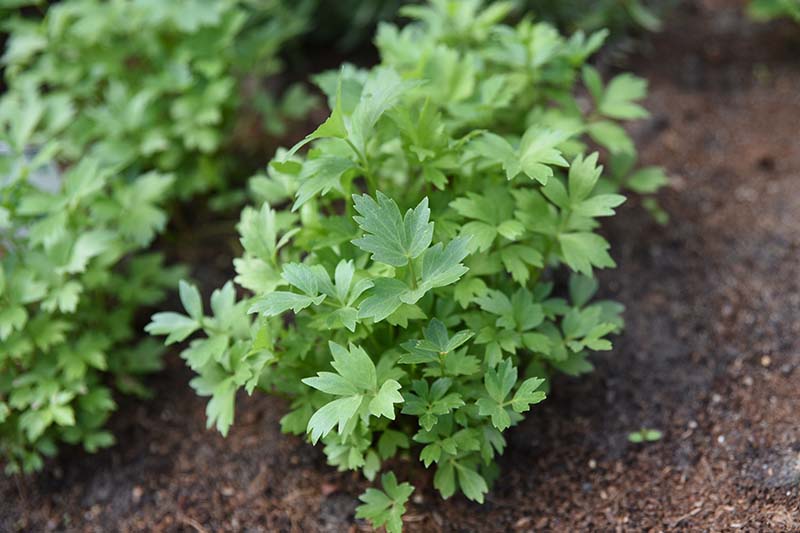
If you love the savory, herbal notes of celery, you’ll adore lovage. This tall, hardy perennial thrives in zones 3-9 and grows up to six feet tall, producing large leaves, edible seeds, and stalks that taste like a stronger version of celery. Use the leaves in soups, stews, and salads, or add the seeds to bread and pickling mixes. Lovage prefers full sun and moist, rich soil. Its impressive size makes it a striking edible ornamental in kitchen gardens and herb borders.
7. Walking Onions (Egyptian Onions)
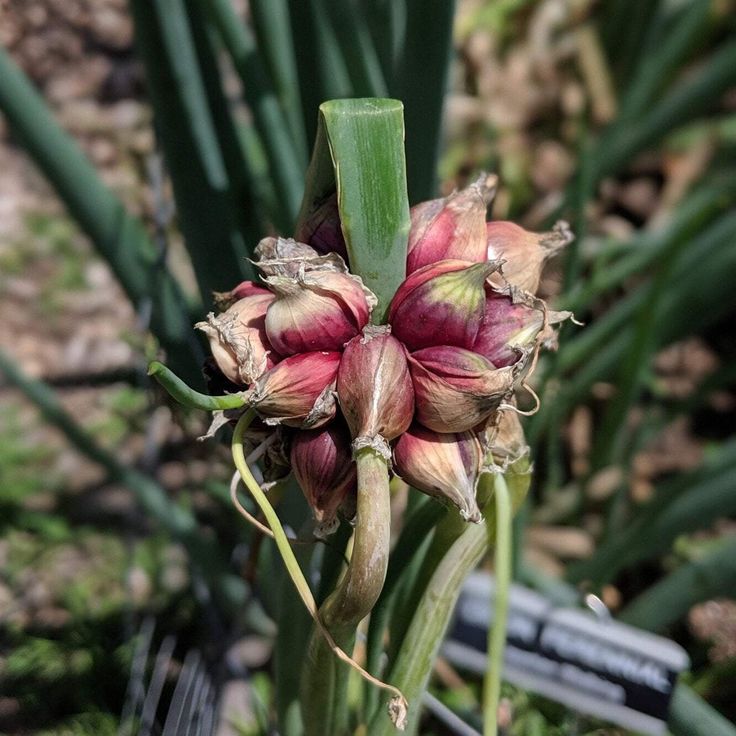
One of the easiest and most amusing edible perennials to grow, walking onions, also called Egyptian onions, multiply by producing clusters of bulbils (mini onions) at the tips of their stalks. Hardy to zone 3, these onions tolerate frigid winters and come back stronger each year. The greens can be harvested like scallions in spring, while the bulbils can be eaten or replanted. As the bulbils weigh down the stalks, they “walk” across the garden hence the name. A quirky, delicious addition to any garden.
8. Good King Henry

A forgotten favorite from old cottage gardens, Good King Henry is a hardy, cold-tolerant perennial vegetable native to Europe. Thriving in USDA zones 3-9, it produces tender, spinach-like leaves in spring and early summer. The shoots can be harvested and eaten like asparagus, while mature leaves are excellent in soups and stews. This underused plant is incredibly easy to grow in partial shade and rich, moist soil. It makes a wonderful addition to permaculture gardens and edible landscapes seeking low-maintenance, nutrient-dense crops.
9. Horseradish

If you like a little heat in your condiments, horseradish is a must-have edible perennial. Hardy to USDA zone 3, it produces large, deep roots known for their intense, peppery flavor when grated. Best grown in a sunny spot with well-drained soil, horseradish spreads easily and can be invasive so consider containing it in a dedicated bed or container. Harvest the roots in fall after a frost to enhance their spiciness. The young leaves are also edible and can be used in salads or soups.
10. Sea Kale
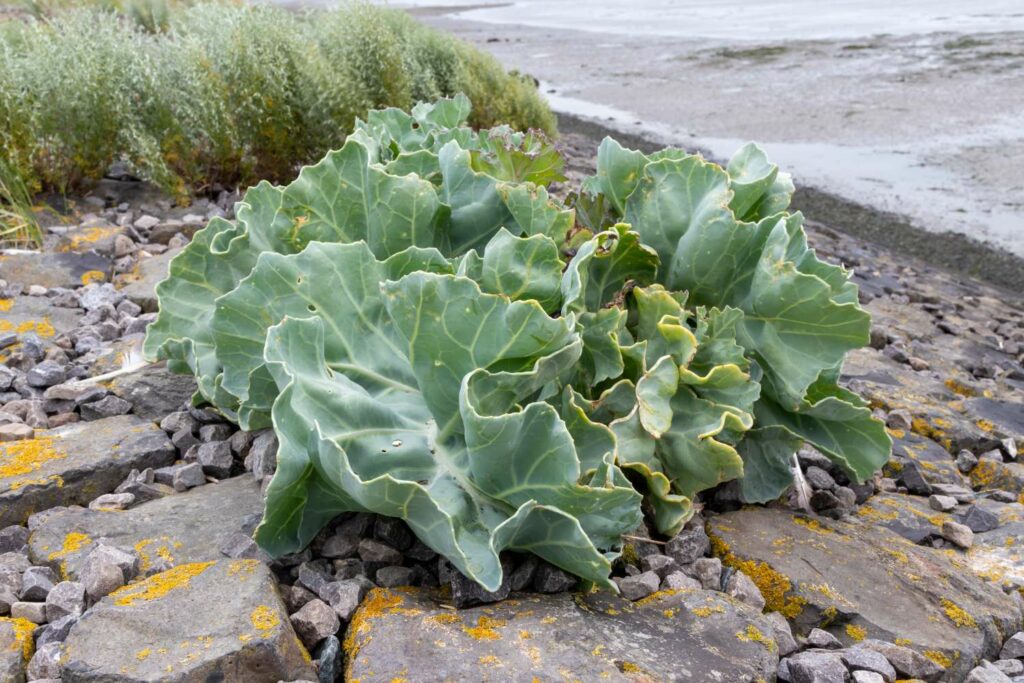
A unique and visually striking plant, sea kale is a cold-hardy perennial native to coastal Europe, thriving in USDA zones 4-8. Its broad, bluish-green leaves and delicate white flowers make it as attractive as it is useful. The young, blanched shoots are tender and mild, often compared to asparagus. Leaves and flower buds are also edible and great for sautéing or adding to soups. Sea kale loves sandy, well-drained soil and full sun, making it an ideal candidate for low-maintenance, edible perennial beds.


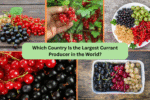
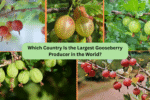
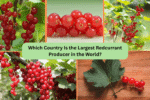
Leave A Comment